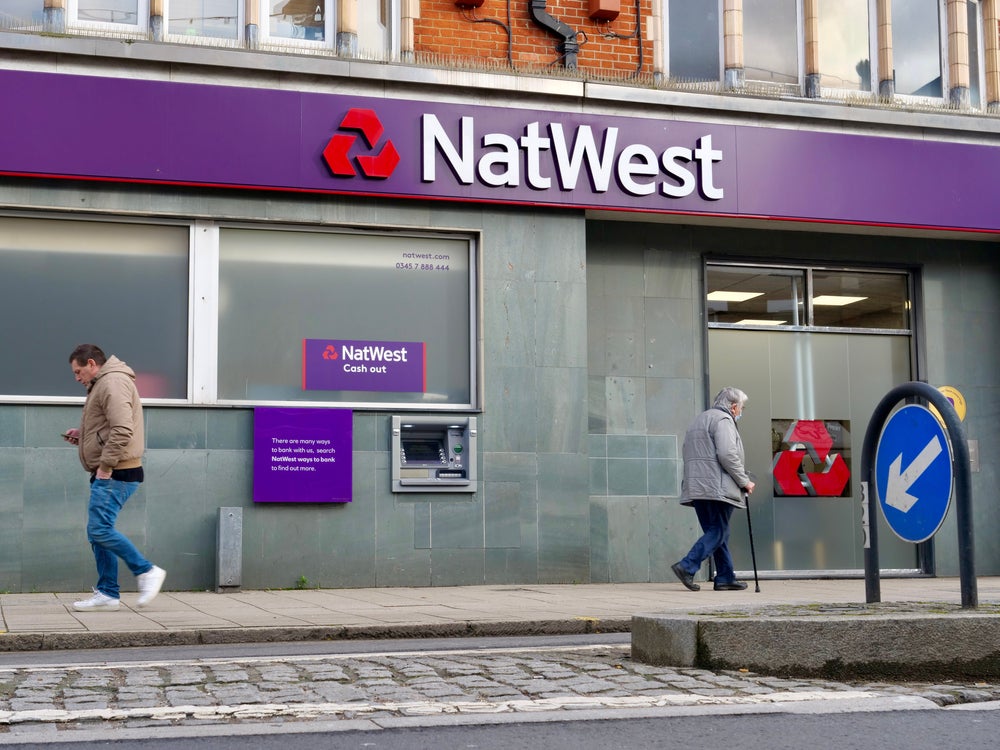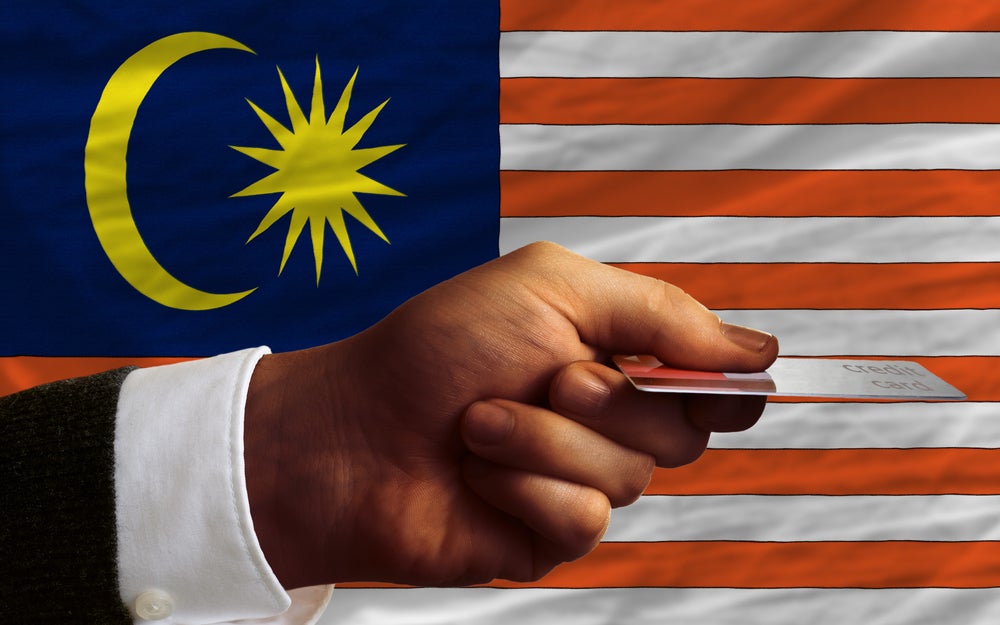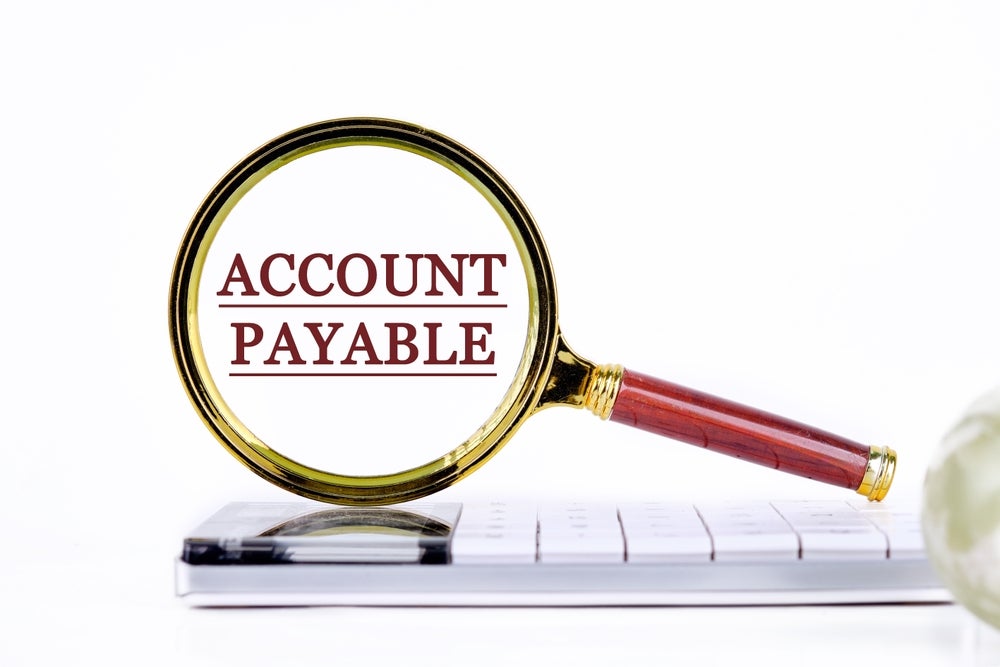The US payments market has long been dominated by a small group of networks and service providers controlling the transfer of funds through banks. However, alternative payment providers are beginning to offer competitive lower-cost networks that banks can use to offer P2P transactions, bill payments, and point-of-sale payments. Robin Arnfield reports
The emergence of alternative payments providers represents a fundamental shift in the way payments are offered to consumers, which will lead to new products and services being built on top of those rails. Examples include Chase Pay, Zelle, PayPal, and Dwolla.
“For decades, the payment market has meant an option between a small number of credit and debit networks connecting banks to make payments possible,” James Wester, IDC Financial Insights’ Research Director of Worldwide Payment Strategies, tells CI. “That will begin to change as new competitors leverage transformational technologies to offer compelling payment networks to banks. As banks recognise those alternatives, they have more flexibility in how they manage their payment businesses.”
The alternative payments providers offer banks and merchants benefits such as lower costs, faster settlement, and the ability to leverage transaction data for loyalty/rewards programs, Wester says. Banks will also be able to use payments hubs for dynamic routing of transactions across competing networks based on criteria such as price and settlement requirements, he notes.
Faster Payments
Parallel with the emergence of alternative payments networks, the Federal Reserve is working to improve the speed, efficiency and security of the US payments system through its Faster Payments initiative.
Announced in a January 2015 document, “Strategies for Improving the US Payment System”, the plan includes several strategies to enhance the US payment system to “meet the changing demands of US consumers and businesses”.
How well do you really know your competitors?
Access the most comprehensive Company Profiles on the market, powered by GlobalData. Save hours of research. Gain competitive edge.

Thank you!
Your download email will arrive shortly
Not ready to buy yet? Download a free sample
We are confident about the unique quality of our Company Profiles. However, we want you to make the most beneficial decision for your business, so we offer a free sample that you can download by submitting the below form
By GlobalDataThe Fed is undertaking the initiative in conjunction with payments industry stakeholders including private businesses, financial technology firms, banks, consumer groups, and government agencies.
Lines of business
“Within every bank, there are siloed lines of business for different forms of payment, which use various incumbent payment rails for authorisation, clearing, and settlement,” says Wester. “US banks use the various debit networks for debit card transactions, the credit networks (Visa, MasterCard, Amex, Discover) for credit card transactions, and the ACH (automated clearing house) system for bill payments.”
“We’re now starting to see the potential for alternative rails that don’t use those traditional networks and backbones,” says Wester. “While these new rails may touch at some point some of the traditional rails, they are still networks in their own right.”
In addition, banking and payments technology providers such as Fiserv, FIS and ACI have the ability to authorise and route payments on behalf of their bank clients, Wester says. “These technology vendors have started to partner with services like Zelle to provide lower-cost authorisation, clearing and settlement services,” he says. “The vendors’ selling point is that they can do things the incumbent networks are either incapable of or unwilling to do, such as move money more cheaply or faster, or provide more transaction data.”
“Banks are saying that, whereas for a long time they had set ways of handling payments, determined by their various lines of business, they now want more flexibility,” says Wester. “They want to take advantage of faster, cheaper, or more data-rich settlement systems and offer these alternative services to their consumer and business customers.”
Payment hubs
“Whereas in the past each of a bank’s different lines of business had its own authorisation, clearing, and settlement technology, banks are now deploying payment hubs offering next-generation payment services architecture,” says Wester. “These payment hubs integrate all the bank’s front-end interfaces such as mobile, ATM and POS, along with back-end connections to different networks such as the ACH system, debit networks and wire transfers. They include software that allows for least-cost routing, as well as easier connections to mobile devices, ATMs or POS, and on the back end to different settlement or payment networks. The equivalent in the corporate world is payments factories. Banks want to be able to connect their various payments across the cheapest route, which could be the ACH rail or a debit network instead of a more expensive network.”
What is spurring banks’ investment in alternative networks is the desire to make their payment products and relationship with customers as profitable as possible, Wester says. “It’s a change away from the idea that payments are stratified and set in store,” he says.
Zelle and Venmo
Zelle was set up by Early Warning Services, a joint venture between many of the largest US banks as their response to PayPal’s Venmo P2P service.
“Venmo has been very popular with millennials,” says Aite Group senior analyst Thad Peterson “Zelle will be a direct competitor, targeting an older demographic and offering real-time bank-to-bank transfers.”
In 2016, Venmo launched “Pay with Venmo” for in-app mobile purchases, offering merchants payments at a lower price than accepting cards. PayPal said in July 2016 that “Pay with Venmo” had been added to over 10 apps offering consumers services such as booking hotel rooms, buying tickets and ordering meals.
A replacement for the ClearXchange bank-operated P2P network, Zelle plans to launch in the first half of 2017 with 19 banks signed up so far. In February 2017, Bank of America became the first bank to incorporate Zelle in its mobile app. As yet, Zelle hasn’t announced plans for in-app payments.
Participating banks will allow customers to send money via Zelle from their digital apps, and there will also be a stand-alone Zelle app. Anyone with a US chequeing or savings account will be able to receive payments by registering at ZellePay.com, or by using the Zelle app with a debit card.
“The banks behind Zelle are the power base behind Visa, MasterCard and the debit networks, so the fact that they have joined up to form a payment network presents a long-term potential challenge to the networks,” says Rick Oglesby, President of US-based consultancy AZ Payments Group. “However, in the short term, Zelle is focusing on P2P payments, not point-of-sale transactions, and is using Visa Direct and MasterCard Send P2P services, so you can’t really call Zelle a challenger right now.”
Early Warning said in November 2016 that it is partnering with payment processors CO-OP Financial Services, FIS, Fiserv, and Jack Henry, as well as with MasterCard and Visa to offer financial institutions multiple integration pathways onto Zelle.
Chase Pay
“Although Chase Pay only involves one bank, Chase, Chase Pay is a direct competitor to Visa and MasterCard,” says Oglesby. “It constitutes a closed-loop network, similar in nature to Amex, and Chase is large enough to make that work. Chase has already done deals with several major retailers, including Shell, Phillips 66, Best Buy, Walmart, Starbucks, and Best Buy to accept ChasePay.”
In 2013, Chase signed a 10-year deal with Visa under which a private portion of VisaNet called ChaseNet was carved out to allow Chase to process transactions in a closed-loop environment. According to a Chase investor presentation, Chase Net was expected to process $50 billion worth of transactions in 2016, up 100% from 2015.
Launched in November 2016, Chase Pay offers on-us transactions which are cleared through Chase Net and have fixed-fee pricing with volume-based discounts plus zero merchant fraud liability and zero network fees.
“ChaseNet is a private extension of VisaNet, so, even though ChasePay ‘touches’ Visa, it’s a completely separate system,” says Wester. “Chase Pay involves Chase routing transactions on both sides of the relationship – card issuance plus card acceptance via its merchant services business. Chase can say that, as it has a relationship with half the households in the US, and as it is the largest acquirer by dollar volume, it owns both sides of the relationship. So it can offer a discount for on-us transactions on a private instance of Visanet.”
“We’re going to look back in 10 years’ time, when all these alternative rails have been established that banks will connect into,” says Wester. “We will realise that it was at that moment when Chase said, ‘we own both sides of the relationship, so why can’t we operate our own private network?’ when alternative networks really started taking off. We’re going to start seeing banks say, ‘we like the scale and security of Visa or MasterCard, but, where we have other priorities, whether these be settlement, cost or security, we’d like the flexibility and capability to use different providers to potentially lower our costs.”
Challenge
The challenge is whether Chase customers are going to be willing to download a separate app – Chase Pay – for payments, says Wester. “That is going to take some time. One of the realities of the payments industry is it takes a while to change consumer behaviour. However, Chase will have the flexibility of offering loyalty rewards to its ChasePay app users that they can redeem within the app.”
“It’s important to remember that consumers don’t shop in order to pay, but pay after they’ve shopped,” says Oglesby. “Alternative payments services have an excellent track record of gaining prominence in emerging commerce environments (such as PayPal on eBay, Amazon Payments within Amazon, and the iTunes/Google Play wallets in the Apple/Android app stores). But they don’t have a very good track record when it comes to changing consumer payment behaviour in pre-existing shopping environments such as retail.”
“Retailers are transforming themselves largely due to the threat from Amazon and other types of digital commerce, so new payment instruments have a chance to ride the wave of transformation (for example using PayPal to order ahead for your restaurant take-out),” says Oglesby. “But those payment providers that want to drive new behaviours within otherwise pre-established, un-changed shopping environments (such as tap-to-pay at an in-store checkout) have a much longer road ahead.”
Dwolla
Having started as a mobile payments app developer, US-based Dwolla now provides its open APIs to banks so they can leverage the ACH system’s overnight and same-day ACH services.
“Our APIs enable access to the ACH, but are device-agnostic, meaning banks can build Dwolla into any Internet-connected device including smartphones,” says Dwolla spokesperson Jordan Lampe. “We offer the ability for payment platform providers to offer purchases in stores or at m-commerce retailers, but we no longer offer our own branded m-payment app.”
PayPal
“PayPal was historically the most significant competitive alternative to Visa and MasterCard in the US,” says Oglesby. “However, PayPal has signed deals with these networks whereby it will utilise Visa and MasterCard services while serving Visa and MasterCard member banks.”
In June 2016, PayPal signed a deal with Visa under which PayPal will no longer encourage Visa cardholders to link their bank accounts instead of their Visa cards to their PayPal accounts. PayPal also agreed to start sharing data about Visa card-funded transactions with Visa, similar to the data collected when Visa cards are used in stores or online. Additionally, PayPal joined the Visa Digital Enablement Program (VDEP), which enables Visa partners to access Visa’s tokenisation services. Participating in the VDEP means PayPal’s digital wallet can be now be used at physical retail locations where Visa contactless cards are accepted.
In September 2016, PayPal signed a similar deal with MasterCard including the use of MasterCard’s tokenisation system for NFC point-of-sale payments from PayPal wallets.
In December 2016, Citi signed an agreement with PayPal to tokenise Citi cards for Citi MasterCard and Visa cardholders wishing to use PayPal for in-store purchases in the US
“PayPal was a bellwhether of the trend towards alternative networks,” says Wester. “It created its own network by connecting both sides – consumers and retailers – and routing payments over the cheapest possible route, the ACH. What’s interesting is that PayPal succeeded in taking sufficient transactions away from Visa and MasterCard, that the two card networks decided it was better to do deals with PayPal than to fight the firm.”
“PayPal’s path to physical POS payments, which is something it has always struggled with, will be via its partnerships with Visa and MasterCard’s rails,” says Peterson. “I can see PayPal becoming accepted as a payment mechanism within Apple Pay or Android Pay, for example, because of its partnership with Visa and MasterCard.”
Oglesby says that for banks, due to PayPal’s deal with Visa and MasterCard, partnering with PayPal is more of an option than it was in the past, as this no longer means circumventing Visa and MasterCard.
Merchant coalitions
Wester cites the MCX (Merchant Customer Exchange) coalition of 50 major US retailers as an example of a shift away from existing payments models. MCX, which ultimately failed to come to fruition, used technology from PayPal subsidiary Paydiant and from FIS to build a payment network competing with the card brands. The plan was to use PayNet, FIS’ open-loop payments system, for authorisation and settlement of payments taking place within MCX’s mobile app.
In March 2017, Chase announced an agreement to buy the MCX payments technology to help expand Chase Pay’s acceptance. MCX had been a launch partner of Chase Pay, with MCX members able to accept Chase Pay payments via the MCX mobile wallet.
“MCX’s members were already connected to MCX payments technology, which made it seamless to connect to Chase Pay,” Chase said in a statement. “Chase executives wanted to acquire the technology to use in lieu of building separate parallel technology to serve non-MCX members.”
Transparency
“Although MCX didn’t succeed, what prompted MCX isn’t going away, the idea that merchants want a cheaper, more transparent way of handling payments,” says Wester. “MCX was the retailers coming together and saying ‘why can’t we do something like the US banks did 40 years ago when they created BankAmericard?’
With the rails and networks that merchants use now, pricing isn’t transparent, settlement is slow, and costs are relatively high. But, if merchants want a better way of doing things, currently they don’t have a whole load of options, unless they are large like (US discount store chain) Target and can create their own closed-loop card system. Target routes around 20% of its tender via its REDcard private-label credit and debit cards.”
“With merchant payment coalitions, each merchant has its own needs, and the question is, if another coalition is formed to replace MCX, whether the participants can all work together and get a critical mass of users,” says Ed O’Brien, EVP Research and Strategy at US-based ath Power Consulting. “There is merchant appetite to reduce cost, and improve efficiency and effectiveness, but there are so many different priorities. I’m not aware of any initiatives looking to fill the vacuum from MCX.”
Lower cost
Michael Moeser, Director of Payments at Javelin Strategy & Research, wrote in the US consultancy’s “Future Trends for Digital Banking and Payments 2017” report that the new payment networks provide merchants with a payment form that works like the card networks’, but at a lower cost. He cited Alipay in China, Paytm in India and Chase Pay as examples.
“In Chase Pay’s case, it leverages almost the entire infrastructure built by the card networks, including the leased VisaNet,” Moeser wrote. “The allure of a cheaper and better payments process is resonating, as big US merchants have signed up for Chase Pay. Many of the new payments networks have a focus on smartphones, tapping into the growth of mobile purchases. By aligning themselves to the digital world, they are harnessing the fastest-growing segment of commerce. As retailers roll out their mobile apps and build their e-commerce offerings, adding another payment acceptance brand such as Chase Pay is very easy to do.”
Moeser said that card networks and their bank partners need to respond to alternative networks by emphasising their mobile capabilities to their e-commerce merchant clients. He also said acquirers, ISOs and processors need to integrate new payment networks into their payment gateways to better service their merchant clients.
Finally, Moeser recommended that banks with large card portfolios and merchant-acquiring businesses should consider developing an on-us type network similar to Chase Pay. “However, it is also possible for a large acquirer to work with a bank or set of banks to piece together an on-us network to compete with the traditional card networks,” he wrote in the Javelin report.







